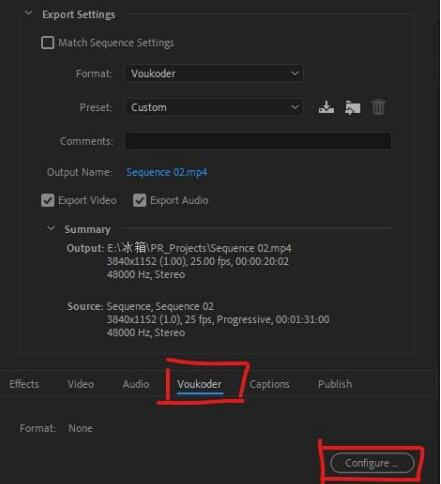



These are the video and audio streams that we’ll be using to convert to Quicktime. You’ll notice two files ending in “_vid.mxf” and “_aud.mxf”. But what we’re really interested in are the two. xml files are all used to describe the content, and help the digital cinema systems import, index and play back the films in the correct way. A typical DCP folder will usually contain files that look something like this: I’ve just found it extremely useful when preparing content for our various film festivals, particularly when we need to create our awards ceremony or showreels promoting the film schedule, and where no other HD copy of the film is available.Ĭonverting a DCP to a more common video format, such as Quicktime ProRes, is a very simply one-step process, but it involves some navigating of DCP folders and crazy filenames. Clearly this process isn’t for converting a blockbuster feature films to H.264 for your home movie collection. Now, I should make it clear that this process described here is only for unencrypted/unprotected DCPs. However, in a few instances I’ve had a need to reverse that conversion. In the vast majority of cases you would want to take your finished film, and convert it TO a DCP for distribution to cinemas, film festivals and so on. The emphasis of this format is on high-resolution, and high-quality – supporting up to 4k films encoded using the JPEG2000 codec. DCPs (or Digital Cinema Packages) are a fairly specialised form of distributing films and video for digital cinema.


 0 kommentar(er)
0 kommentar(er)
